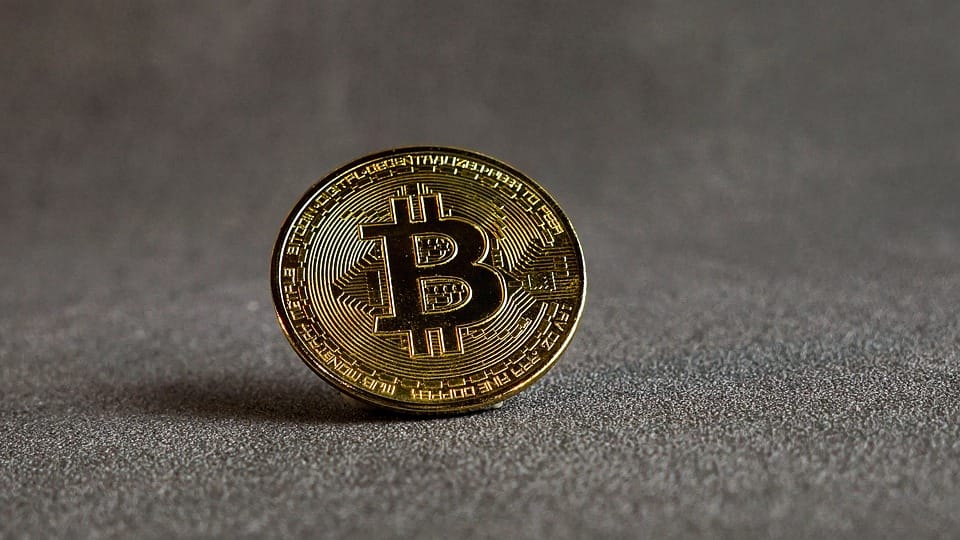Blockchain 2.0: The Next Generation of Banking and its Potential Impact on Traditional Banking
The world of finance has witnessed a significant shift in recent years, with the emergence of Blockchain technology as a game-changer in the way transactions are processed and recorded. Blockchain 2.0 is the next generation of this technology, promising to revolutionize the banking industry by providing a secure, transparent, and efficient platform for financial transactions. In this article, we will explore the potential impact of Blockchain 2.0 on traditional banking and what it means for the future of the financial sector.
What is Blockchain 2.0?
Blockchain 1.0 was primarily used for digital currencies, such as Bitcoin, and focused on the peer-to-peer transfer of value. Blockchain 2.0, on the other hand, is a more advanced version of the technology that has expanded its applications beyond digital currencies to include other financial instruments, such as securities, derivatives, and even fiat currencies.
The key features of Blockchain 2.0 include:
- Smart Contracts: Blockchain 2.0 enables the creation of smart contracts, which are self-executing contracts with the terms of the agreement written directly into lines of code. This allows for automated and transparent transactions, reducing the need for intermediaries.
- Multi-Party Control: Blockchain 2.0 allows multiple parties to control the network, providing a higher level of security and ensuring that no single entity has complete control.
- Scalability: Blockchain 2.0 has improved scalability, enabling faster and more efficient processing of transactions.
- Interoperability: Blockchain 2.0 enables the integration of different blockchain networks, allowing for seamless communication and exchange of information between them.
Impact on Traditional Banking
Blockchain 2.0 has the potential to significantly disrupt traditional banking systems, posing both opportunities and challenges for financial institutions. Here are some potential impacts:
Opportunities:
- Cost Savings: Blockchain 2.0 can reduce the costs associated with traditional banking, such as transaction fees, by eliminating intermediaries and streamlining processes.
- Increased Efficiency: Blockchain 2.0 enables faster and more efficient processing of transactions, reducing the time it takes for financial transactions to settle.
- Improved Security: Blockchain 2.0 provides a high level of security, making it more difficult for hackers to manipulate transactions and reducing the risk of fraud.
- Increased Transparency: Blockchain 2.0 provides a transparent record of transactions, allowing for greater visibility and accountability.
Challenges:
- Adoption: Widespread adoption of Blockchain 2.0 will require significant changes to traditional banking systems and processes, which can be challenging and time-consuming.
- Regulation: The lack of clear regulatory guidelines for Blockchain 2.0 may create uncertainty and barriers to adoption.
- Security: While Blockchain 2.0 provides a high level of security, it is not foolproof and requires constant monitoring and maintenance to ensure its integrity.
- Compliance: Blockchain 2.0 may require significant changes to compliance and risk management processes, which can be costly and time-consuming.
What Does the Future Hold?
The future of Blockchain 2.0 in traditional banking is uncertain, but it is likely to have a significant impact. Here are a few potential scenarios:
- Hybrid Model: Banks may adopt a hybrid model, combining traditional banking systems with Blockchain 2.0 technology to create a more efficient and secure platform.
- New Entrants: New entrants, such as fintech companies, may use Blockchain 2.0 to disrupt traditional banking systems and provide innovative financial services.
- Consolidation: Traditional banks may consolidate or merge with fintech companies to stay competitive and leverage the benefits of Blockchain 2.0.
Conclusion
Blockchain 2.0 has the potential to revolutionize the banking industry by providing a secure, transparent, and efficient platform for financial transactions. While it poses both opportunities and challenges for traditional banking systems, it is likely to have a significant impact in the future. As the technology continues to evolve, it will be important for financial institutions to stay ahead of the curve and adapt to the changing landscape.
FAQs
Q: What is Blockchain 2.0?
A: Blockchain 2.0 is the next generation of Blockchain technology, which has expanded its applications beyond digital currencies to include other financial instruments, such as securities, derivatives, and even fiat currencies.
Q: What are the key features of Blockchain 2.0?
A: The key features of Blockchain 2.0 include smart contracts, multi-party control, scalability, and interoperability.
Q: What are the potential impacts of Blockchain 2.0 on traditional banking?
A: Blockchain 2.0 has the potential to significantly disrupt traditional banking systems, posing both opportunities and challenges for financial institutions. Opportunities include cost savings, increased efficiency, improved security, and increased transparency, while challenges include adoption, regulation, security, and compliance.
Q: What does the future hold for Blockchain 2.0 in traditional banking?
A: The future of Blockchain 2.0 in traditional banking is uncertain, but it is likely to have a significant impact. Potential scenarios include a hybrid model, new entrants, and consolidation.
Q: How can financial institutions adapt to the changing landscape?
A: Financial institutions can adapt to the changing landscape by staying ahead of the curve, embracing innovation, and investing in digital transformation.
Q: What are the regulatory implications of Blockchain 2.0?
A: The regulatory implications of Blockchain 2.0 are unclear, but it is likely to require significant changes to existing regulatory frameworks.
Q: What are the potential risks and challenges associated with Blockchain 2.0?
A: The potential risks and challenges associated with Blockchain 2.0 include security risks, scalability issues, and the need for constant monitoring and maintenance.
Q: What are the potential benefits of Blockchain 2.0?
A: The potential benefits of Blockchain 2.0 include increased efficiency, reduced costs, improved security, and increased transparency.
Q: How can Blockchain 2.0 be used in traditional banking?
A: Blockchain 2.0 can be used in traditional banking to streamline processes, reduce costs, and improve security. It can also be used to create new financial products and services.

Leave a Reply